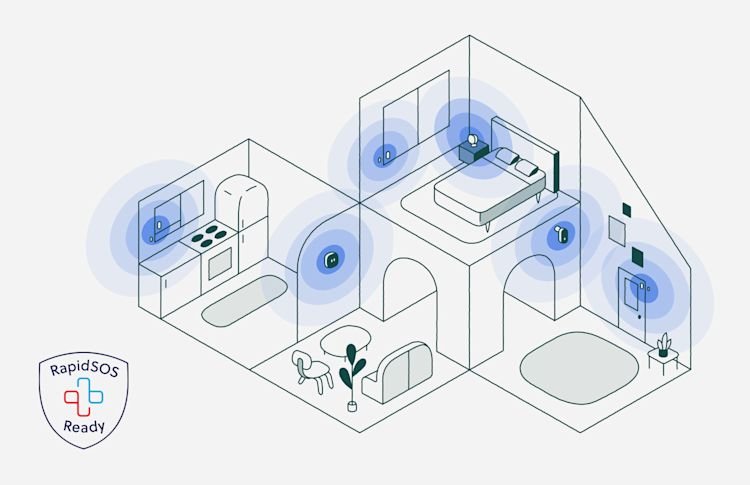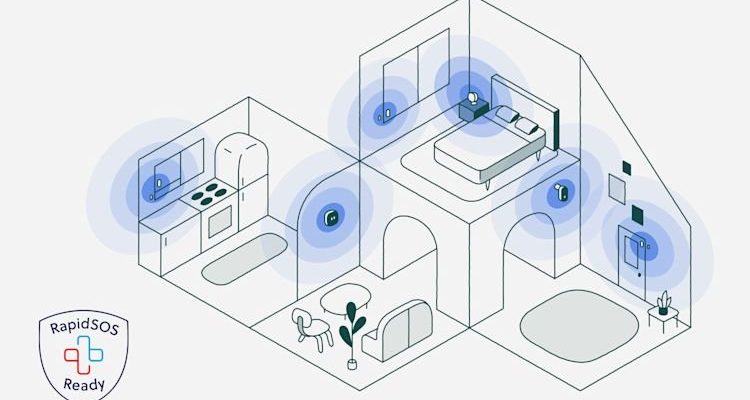
You might be wondering, “What info do I actually need to register my Ecobee smart thermostat or sensors?” It’s a fair question because these devices connect to your Wi-Fi, your user profile, and even your home’s heating and cooling system. Honestly, the registration process is smoother than you think, but knowing upfront what info you’ll need can make the whole thing feel less intimidating—like having your boarding pass before you reach the airport.
Let’s break down exactly what you need to have ready when registering your Ecobee device, why each piece of info matters, and how it all works together to keep your smart home humming reliably.
Understanding the Basics: What Is Device Registration and Why It Matters
First off, what does “registering” your Ecobee smart home device even mean? When you register, you’re essentially linking your gadget with your personal Ecobee account. Think of it as creating an official ID card for your thermostat or sensor that lives in Ecobee’s cloud. This connection is crucial because it allows the device to communicate with your smartphone app, send data back for analytics, and receive updates or commands remotely.
Without registration, your Ecobee device is just a fancy thermostat stuck in offline mode. You won’t get access to cool features like scheduling, remote control, or energy reports. Also, if you ever need to troubleshoot or reset the device, having it linked to your account simplifies support. So, signing up and registering isn’t just a formality; it’s how Ecobee makes your home genuinely smart.
Here’s the thing: registration protects your smart home setup. It ensures only authorized users can control your devices and helps maintain security. Plus, it’s the gateway to syncing multiple devices, like additional sensors, so your home learns and adapts room-by-room.
Personal Information You’ll Need to Register Your Ecobee Device
When you start the registration process via the Ecobee app or website, you’ll be asked for some basic personal details. Sounds straightforward, but it’s good to know exactly what’s involved.
- Email Address: This is the key identifier for your Ecobee account. Your email doubles as your login ID and the main way Ecobee sends alerts, updates, or troubleshooting tips.
- Password: You’ll create a password here to secure your account. Pick something strong but memorable—it’s the gatekeeper for your smart home control.
- Name: Typically your full name, so Ecobee can personalize your experience and customer support.
- Phone Number: Optional, but useful if you want two-factor authentication or quicker support contact.
Why do they need this info? Honestly, it’s about security and user experience. Imagine having your thermostat hacked because there’s no lock on your account! Ecobee takes privacy seriously, so providing accurate contact details helps keep your system safe and lets them reach you if needed.
Device-Specific Details: Linking Your Particular Ecobee Model
Once your account is set up, the next big step is connecting your actual device. Here’s where things like serial numbers and device codes come into play.
Each Ecobee device has a unique serial number printed on the back or inside the battery compartment. During registration, the app or website will ask you to enter this serial number or scan a QR code to identify your exact model. This step is crucial because it tells Ecobee what hardware you’re working with and ensures the right software updates and features get sent your way.
For example, if you have an Ecobee SmartThermostat or a simple temperature sensor, the cloud system needs to know which one you’re activating. If you don’t input the serial number correctly or skip this step, the device won’t sync properly, leading to connection errors or limited functionality.
Also, pairing multiple sensors to a single thermostat involves registering each device’s unique identifier. This lets your smart home system know how many helpers it has in different rooms, optimizing temperature control.
Wi-Fi Network Information: Connecting Your Ecobee to the Internet
Here’s a key moment: your Ecobee needs to talk to the internet to deliver smart features. Obviously, that means you’ll have to provide your Wi-Fi network details during setup.
Most often, the registration process asks for:
- Wi-Fi Network Name (SSID): This is the name of your wireless network that your device will connect to.
- Wi-Fi Password: The secret code that grants your device access to the network.
You might wonder why your thermostat needs Wi-Fi at all. Well, with Wi-Fi, your Ecobee device can send real-time temperature data, receive updates and commands from your phone, and even integrate with other smart home platforms like Alexa or Google Assistant.
Here’s the catch: your Wi-Fi needs to be stable and on a compatible frequency. Ecobee devices typically support 2.4 GHz networks, which have better range than 5 GHz. If you enter the wrong Wi-Fi password or try to connect to a hidden network, you might hit snags during registration.
Home and HVAC System Details: Tailoring Ecobee to Your Setup
Imagine giving your thermostat the wrong instructions about your heating or cooling system—chaos, right? That’s why Ecobee asks for specifics about your home’s heating, ventilation, and air conditioning (HVAC) setup during registration.
You’ll be prompted to specify:
- Type of HVAC system: Gas furnace, heat pump, electric baseboard, or other types.
- Number of stages for heating and cooling: This tells Ecobee how complex your system is (single-stage vs multi-stage).
- Accessories: Any additional components like humidifiers or dehumidifiers connected to your system.
This detailed info lets Ecobee optimize how it controls your HVAC equipment, ensuring efficient operation and maximum comfort. For example, if you have a multi-stage system, the Ecobee can adjust heating intensity in steps rather than just on/off, which can save energy.
If you’re not sure about your system type, don’t worry. Many Ecobee models guide you through a wizard during registration or offer troubleshooting tips to identify your HVAC setup. Or you can check your existing thermostat or system manual.
Additional Setup Info: Batteries, Remote Access, and Account Sync
After the core registration info, you might encounter some extra questions or steps that smooth out daily use.
Most Ecobee thermostats come with rechargeable batteries, but some sensors rely on AA batteries you’ll want to install correctly. While registering, the app might prompt you to check battery levels or remind you about replacement schedules. This ensures your devices don’t lose sync unexpectedly.
Also, registering locks your device into your account ecosystem, enabling remote access through the Ecobee app. You can check and change settings from anywhere. This sync also allows you to integrate your Ecobee with voice assistants or other smart home hubs, expanding your control options.
If you add more Ecobee devices later, like motion sensors or additional thermostats, the registration info helps keep everything organized under one account. This pairing and syncing process depends heavily on accurate info shared during initial registration.
Troubleshooting Registration Issues: When Things Don’t Go as Planned
Sometimes, registration doesn’t go perfectly. You might get stuck on a screen asking for “code invalid” or “device not found.” Here’s the thing: most registration issues come down to small details missing or entered incorrectly.
- Double-check your serial numbers or QR codes. Typos are common and easy to fix.
- Make sure your Wi-Fi credentials are spot-on. Even a subtle space can block connection.
- Reset your device if necessary. Sometimes you have to press and hold buttons on your Ecobee device to trigger a factory reset before retrying registration.
If you hit persistent roadblocks, Ecobee’s support is pretty hands-on. They can guide you through the process using your account info and device serial numbers to troubleshoot or remotely diagnose the problem.
“Honestly, registering your Ecobee device is less about technical wizardry and more about patiently providing the right details. It’s like planting a seed—you need to give it the right soil and water so it can grow properly.”
Wrapping It Up: Why Knowing What Info Is Required Makes Registration Smooth
Registering your Ecobee smart home devices might seem like just another chore when setting up your connected home. But knowing exactly what info you need—the personal details, device serial numbers, Wi-Fi credentials, and HVAC system specs—makes the whole process faster and painless. This info builds the foundation for your smart thermostat or sensors to work reliably, stay secure, and deliver all those neat features that make your home smarter.
So next time you unbox a new Ecobee or help a friend set theirs up, you’ll know what’s coming and why it matters. It’s less about memorizing technical jargon and more about treating your thermostat like a new household member who needs the right handshake to get started. Once that’s done, you’re free to sit back, adjust your temperature from your phone, and let your Ecobee do the heavy lifting.
